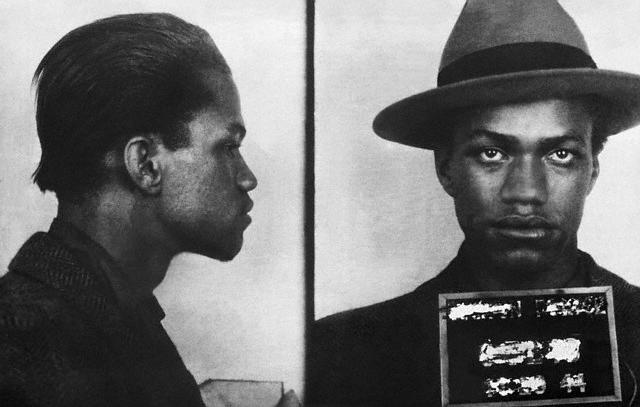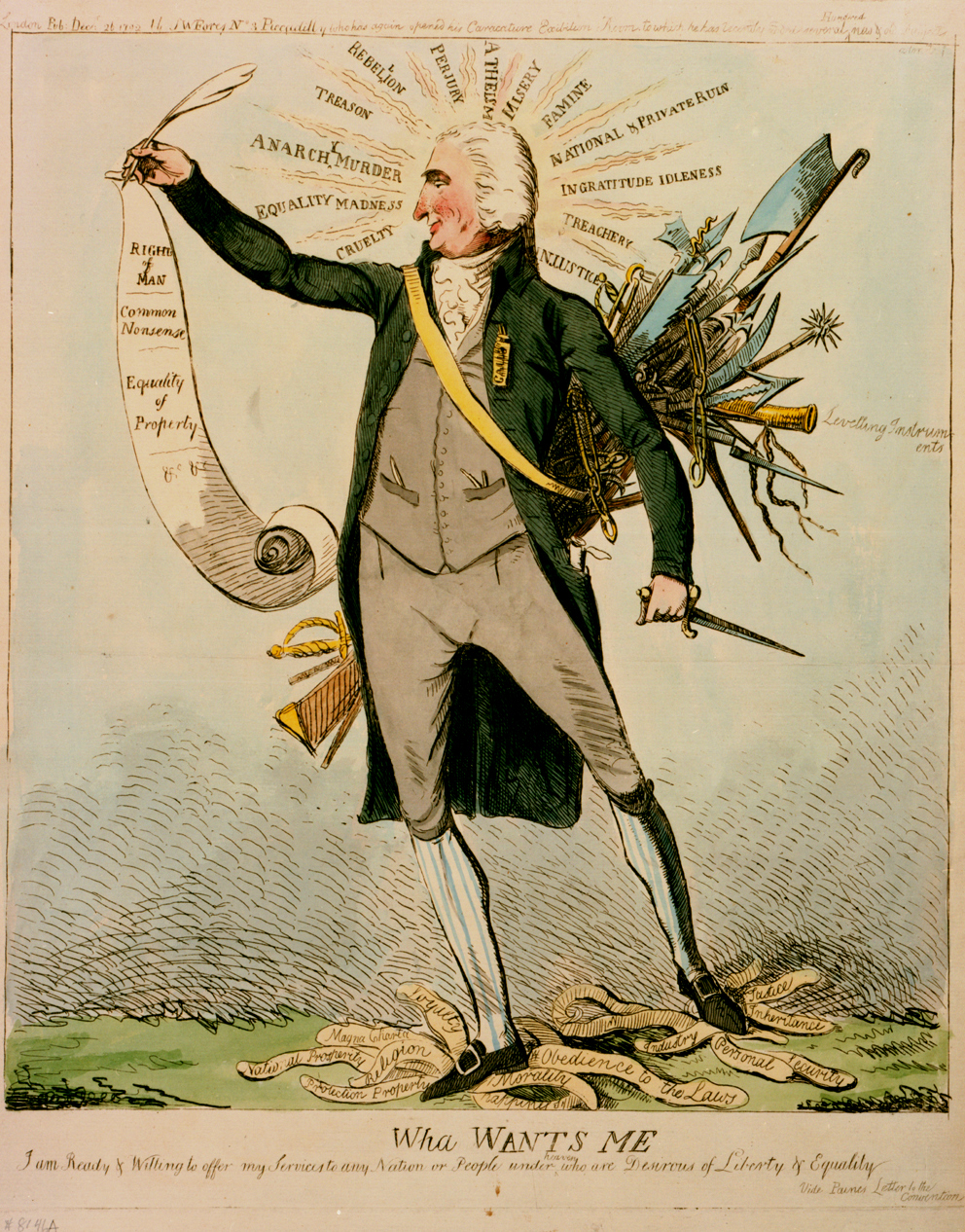This week I think I finally figured out how to approach all the material I read this semester in order to cohere it into a meaningful historiographical critique. My previous post and a helpful conversation with Caleb led me to consider more fully the way in which contemporaneous political issues have a powerful informative effect on the way history is written. An author’s stance on political issues, broadly defined, reveals the premises and logic of their thinking. Often historians are motivated to write on a particular topic, or even make the decision to become a writer in the first place, based on their engagement with an issue that is meaningful to them. Though I have long felt this way, writing the final essay for this class will allow me to take the time to spell out my thoughts on this subject more clearly. Because if your ideas are not written down, and they only exist in your head, they basically don’t exist at all.
One of the big questions our class has been grappling with is the question of resistance and the extent human agency has the ability to affect a given situation. Since my readings have been structured around Steven Hahn’s A Nation Under Our Feet (2003), which tells the story of African-American sociopolitical resistance to white supremacy from slavery to the Great Migration, the question of what constitutes resistance to oppression and how we conceptualize and write about such activity has been perhaps the foremost question of the semester. However, it has become clear to me that Hahn’s work will likely play a relatively small role in my essay, which will incorporate writings about events far removed from slavery in the southern United States. My purpose instead will be to focus on the way in which resistance to oppression has been written about and conceptualized over the course of the last seventy-five or so years, and the relationship between current events and historiography. Of course, my discussion will necessarily be incomplete and synoptic due to the sheer expansiveness of the topic and timespan, but I do hope to cover the broad outlines.
My survey will begin with two works of extraordinary influence: W.E.B. DuBois’ Black Reconstruction in America (1935) and C.L.R. James’ The Black Jacobins (1938). Despite their seventy-five year provenance, these two works remain consistently cited as foundational in current scholarship. I will argue that their enduring influence is closely related to the author’s political approach to their subjects – post-civil war reconstruction in the US, and the Haitian Revolution, respectively – which emphasized the power and humanity of some of the most oppressed people in history: African slaves in the Americas. While asserting the “humanity” of particular groups of people may seem quaint to us now, in our supposedly “post-racial” era in the US, doing so in the 1930s was nearly unheard of, and both works were strongly against the grain of mainstream scholarship. In fact, it took a generation of historians asserting this to really hammer the point home. DuBois and James were motivated to write their books by the ongoing systemic oppression of black people in the United States, the Caribbean, Africa, and beyond. They wrote with purpose and urgency, and they shared Marxian conceptions of class struggle and revolution as the fruit of the oppressed and exploited themselves. Liberation could not be delivered by reformist elites committed to piecemeal, “responsible” political change. For them, revolutionary changes for the better were made – and, importantly, should be made again – through mass popular action. Both DuBois and James advocated for multiracial, multicultural, and multinational democracy in which working people – ordinary people – would hold political sway. Both treated race as ideological categories, categories that have the power to create, enforce, and justify material inequality and exploitative labor regimes that disproportionally subjugated black people. At the same time neither were cultural nationalists or nativists who insisted the culture of the oppressed be the only exalted culture; they were committed to have black people and black culture be recognized and honored as any other. And they both lived cosmopolitan lives as international activists on a variety of issues, namely African-American human rights, the independence of Africa and colonized people around the world, and the struggle to build an economically just society.
The powerful ideas and examples of DuBois and James left a lasting impression on generations thinking about the struggle to end oppression. Hahn cites both authors liberally throughout his 2003 work. But their idea of revolution was informed by their time, where they saw an a number of restive colonial populations were in active revolt against their European masters, an active and organized European working class struggling to achieve their aspirations, and the Great Depression of capitalism was ravaging America and the world. Mass collective action was happening around them, and they wanted to instigate further. This trend would by and large gather steam into the 1960s, when their works were lifted from obscurity and nearly became the mainstream amidst the ongoing march of anticolonial revolutions, the Black Freedom Movement in the United States, and mounting currents of opposition against the bureaucratic state socialist regimes.
As old struggles came to an end, new struggles emerged, and there became new ways of looking at the past: the variegations of identity, gender, race, class and individual subjectivity became the emergent call signs of the New Left, new social history, postcolonialism, and subaltern studies.
—-
While this has been a somewhat hasty sketch without textual references, from here I intend to go into the more specific readings of the works I have blogged about, to show how the works of Guha, Kelley, and Scott, for instance, reconceptualized historiographies of resistance, and how they were influenced by macropolitical changes. This week I have also been considering the ways that the work of Edward Said, in Orientalism (1979) and Culture and Imperialism (1994), also has much to say about how knowledge is shaped and informed by the wider context. Wish me luck.




